Blockbuster (1985 – 2019)
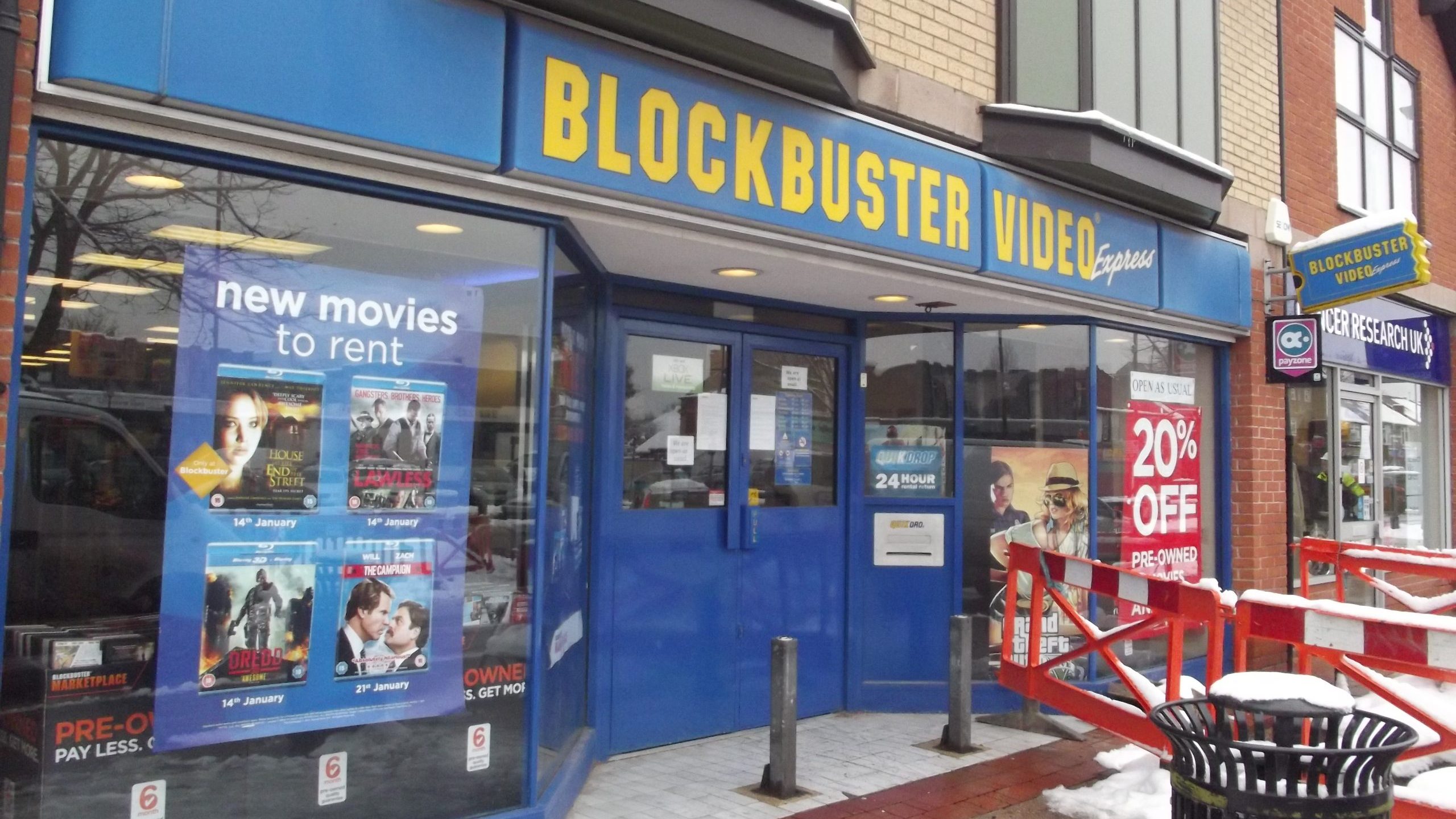
At one point boasting over 9,000 stores across five different countries, Blockbuster’s management stubbornly refused to recognize the threat posed by new streaming services like Netflix. Now, the company has just a single remaining franchised store – located in Bend, Oregon – which is more of a historical curiosity than a viable business.
Pebble (2012 – 2016)

One of the earliest players in the wearables industry, Pebble raised $10 million in its initial round of funding on Kickstarter; just three years later, the company was valued at $740 million. Then, Apple released the Apple Watch, which instantly became the most popular wearable on the market, sending Pebble to an early grave.
Kodak (1889 – 2012)
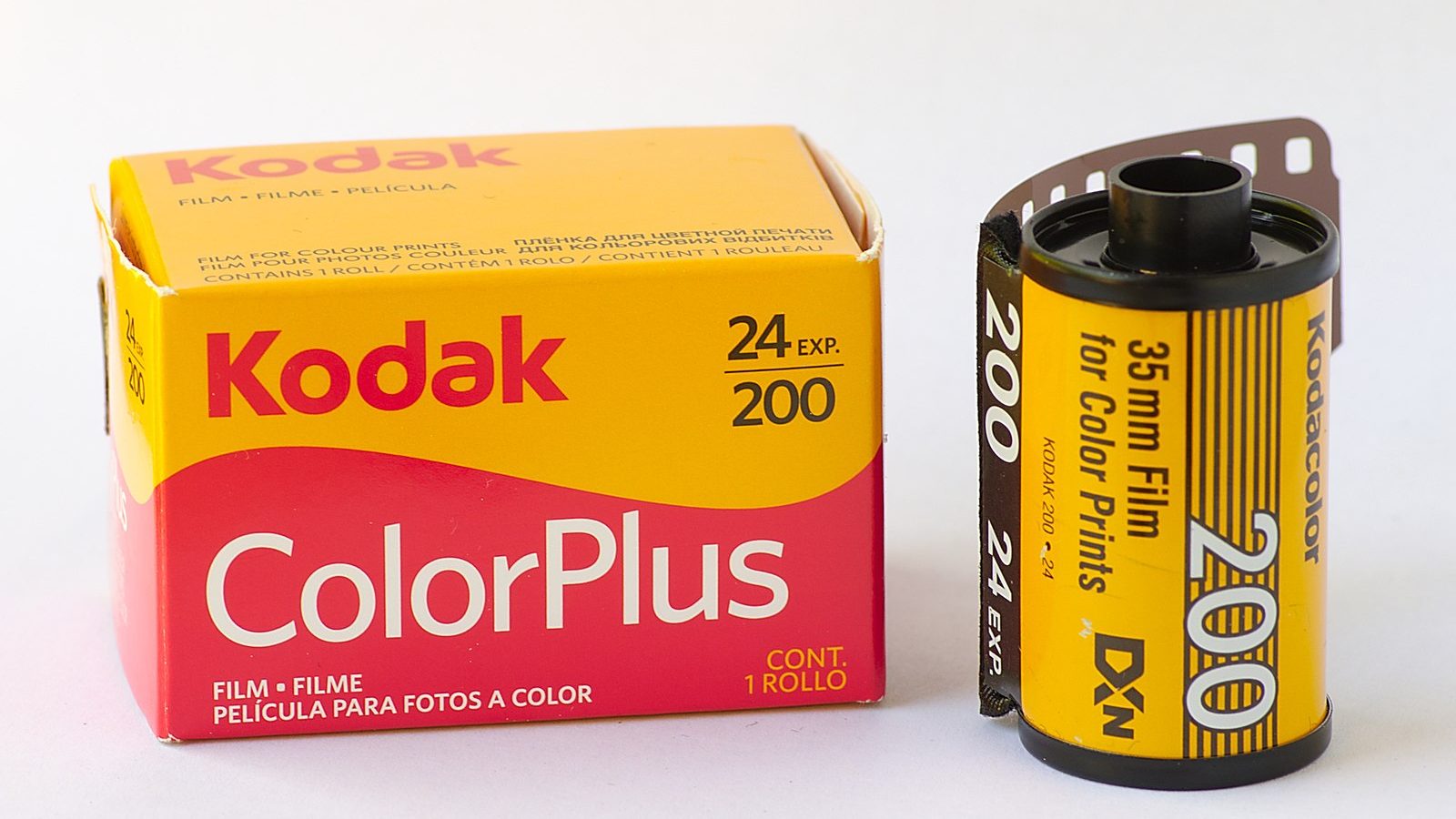
Despite basically inventing the digital camera, Kodak were reluctant to invest too heavily in digital technologies, worried they would kill demand for film. By trying to hold back the tides of change, Kodak only succeeded in getting swept aside by them, as other companies rushed to meet growing consumer demand for digital cameras. In 2012, the beleaguered company finally filed for bankruptcy.
Pan American World Airways (1927 – 1991)

For a time, Pan American World Airways (commonly referred to as “Pan Am”) was seen as the world’s premiere airline. Problems began when Pan Am Flight 103 was blown up midair over Lockerbie, Scotland, in 1988, with the attack spooking potential customers. Rising fuel prices due to the Gulf War exacerbated the situation, and Pan Am folded in 1991.
Vine (2012 – 2016)
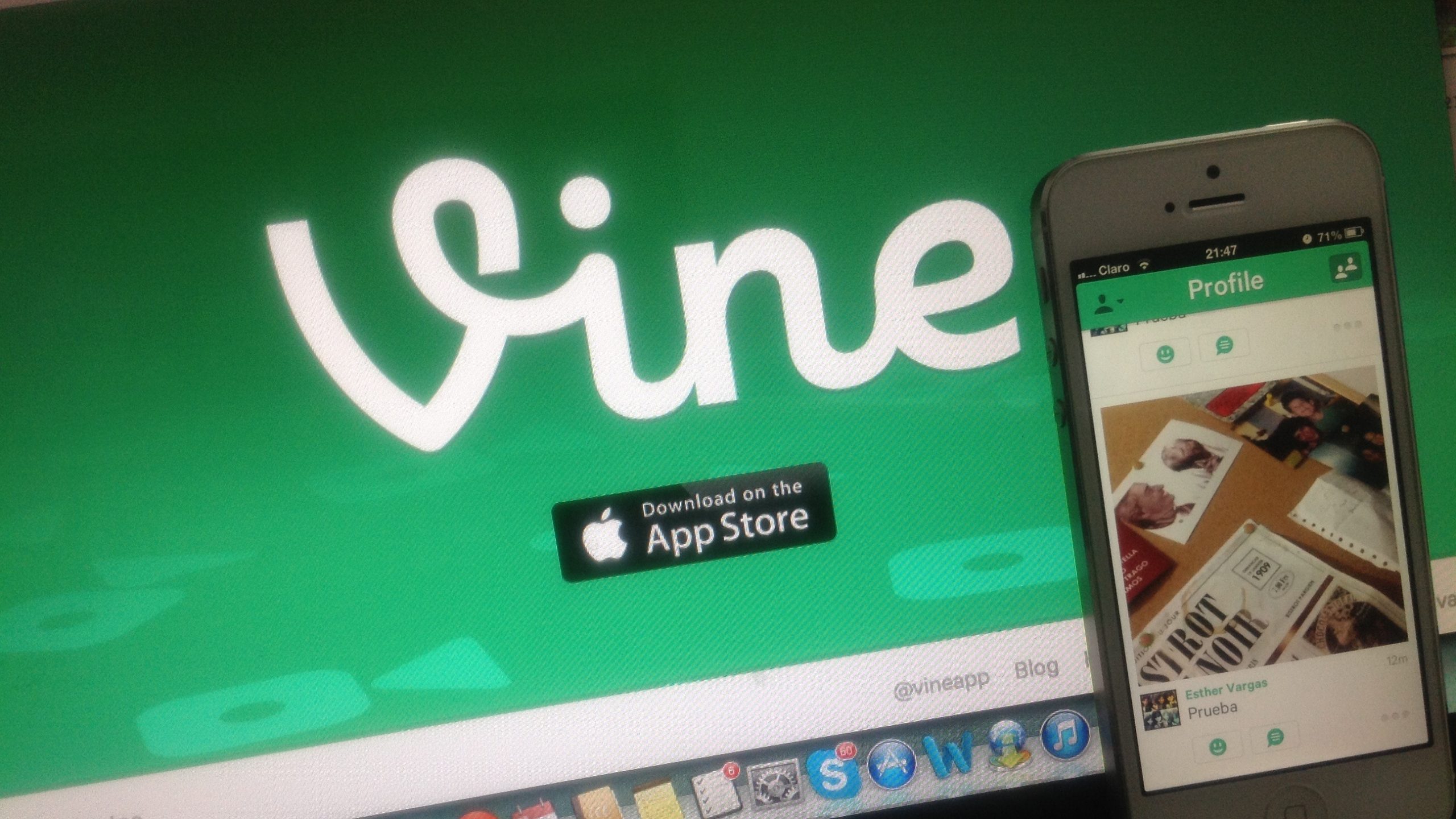
For a time, Vine seemed poised to become the next big social media platform. The app – which allowed users to make looping six-second videos – quickly attracted huge numbers of users, and it was purchased by Twitter for $30 million. Other social media companies then recreated and perfected Vine’s single feature, and Twitter shut the app down in 2016.
Nokia (1967 – 2014)
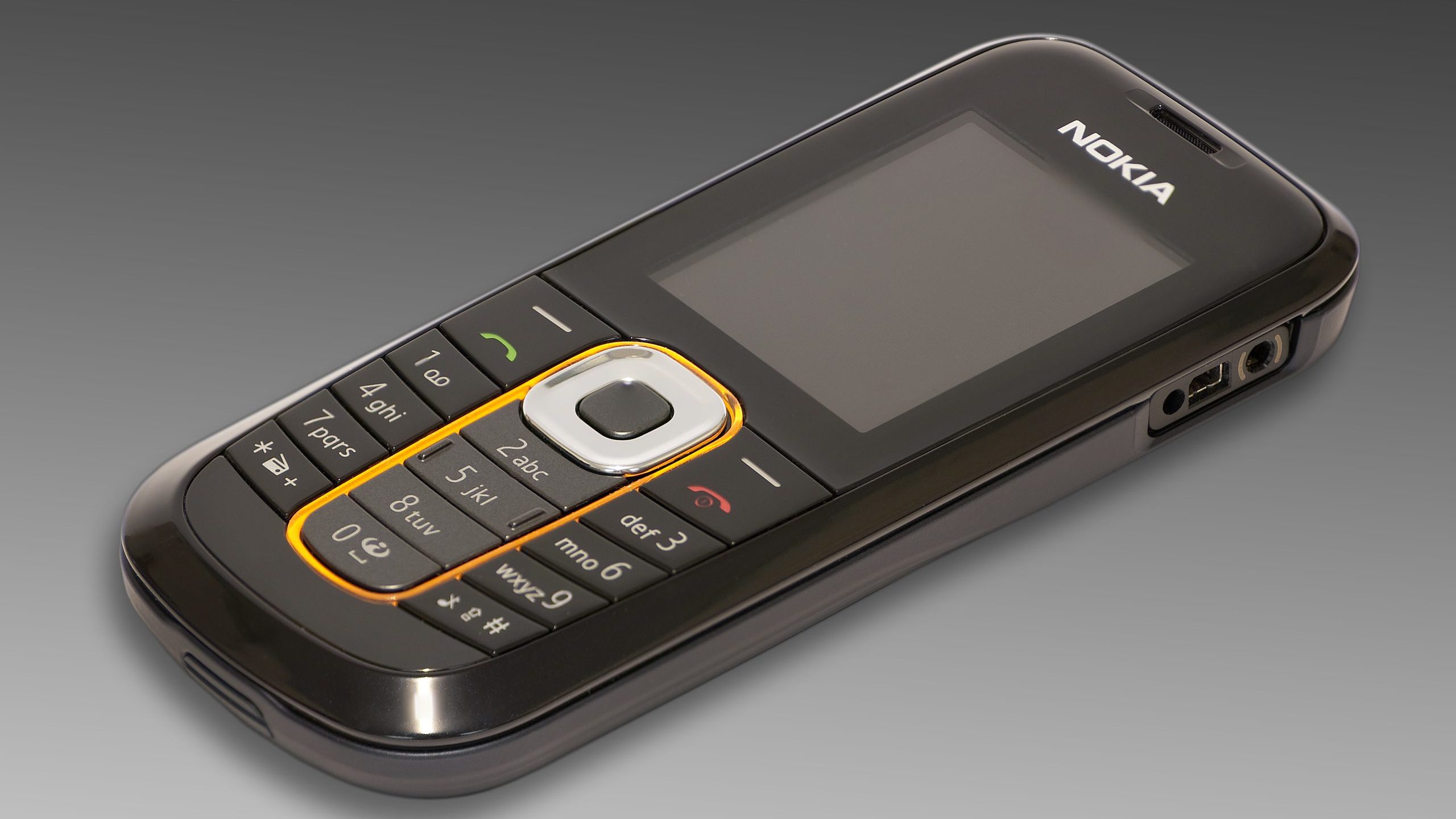
Overly confident in their position as the world’s number one mobile phone company, Nokia’s strategy was centered around not alienating their solid customer base. In practice, this translated to stagnation and a lack of innovation. When Apple released the iPhone in 2007, Nokia suddenly found themselves left in the dust, and – despite fervent efforts – they never caught back up.
Gawker (2003 – 2016)

Founded in 2003, Gawker was a hugely successful gossip blog that specialized in revealing salacious details about public figures’ private lives. After Gawker outed Peter Thiel as gay, the tech billionaire decided to get revenge by helping Hulk Hogan – another of the blog’s victims – launch a lawsuit. After a judge awarded Hogan $31 million in damages, Gawker declared bankruptcy.
Segway (2001 – 2016)

While Segway is still alive and rolling, the brand has more or less vanished from collective consciousness. Dean Kamen – who founded Segway in 2001 – had dreams of completely reinventing personal transportation. Despite considerable early hype, however, people turned out to be less than enthusiastic about the bulky scooters, and only 140,000 units were sold before Segway indefinitely halted production.
Lehman Brothers (1850 – 2008)
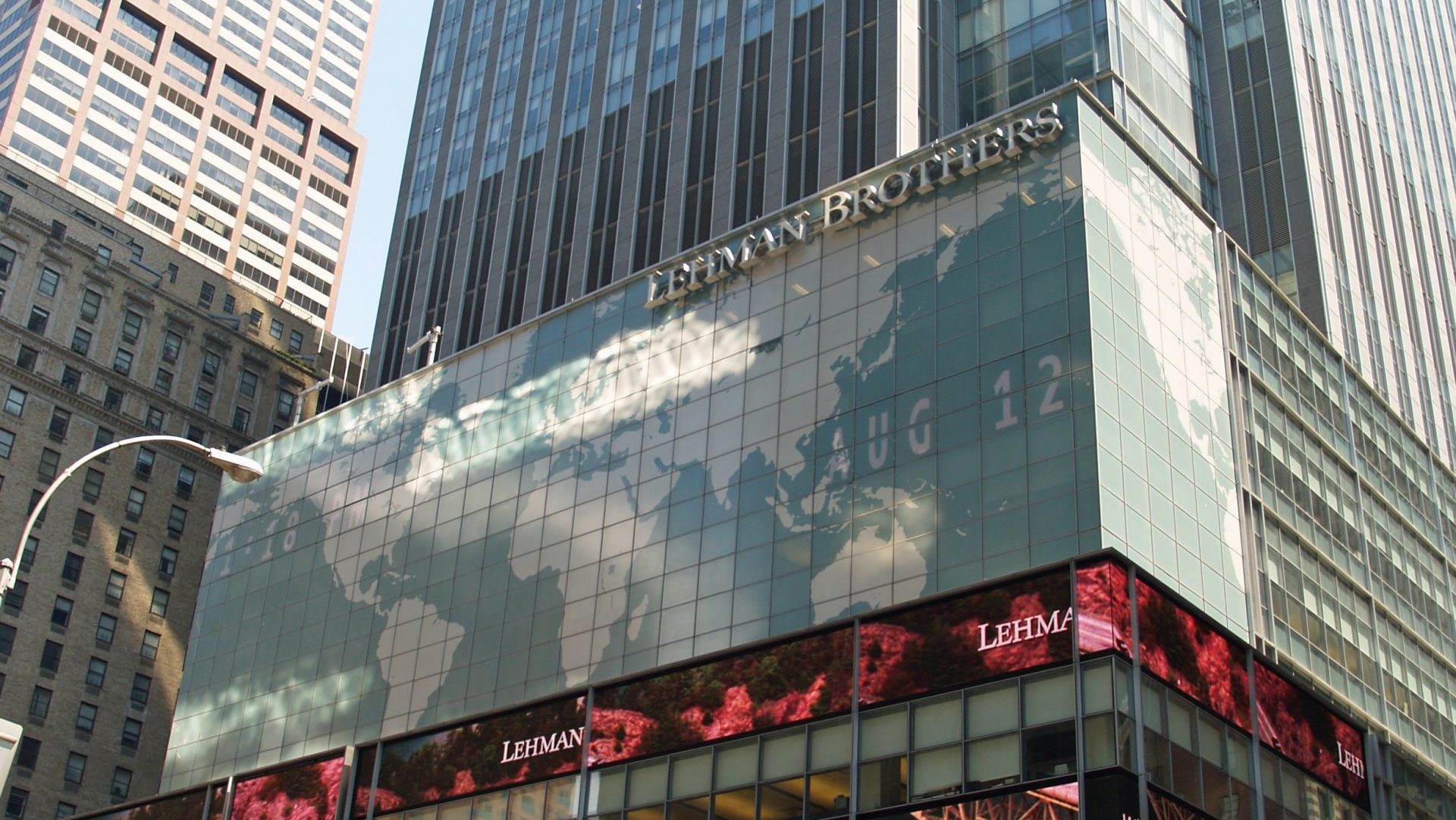
Founded in 1850, Lehman Brothers eventually became the fourth largest investment bank in the United States. The bank’s wildly reckless lending practices during the early 2000s were one of the main causes of the 2008 financial crash, and – while the United States government bailed out most of the country’s major financial institutions – Lehman Brothers was left to crash and burn.
Woolworth’s (1879 – 1997)
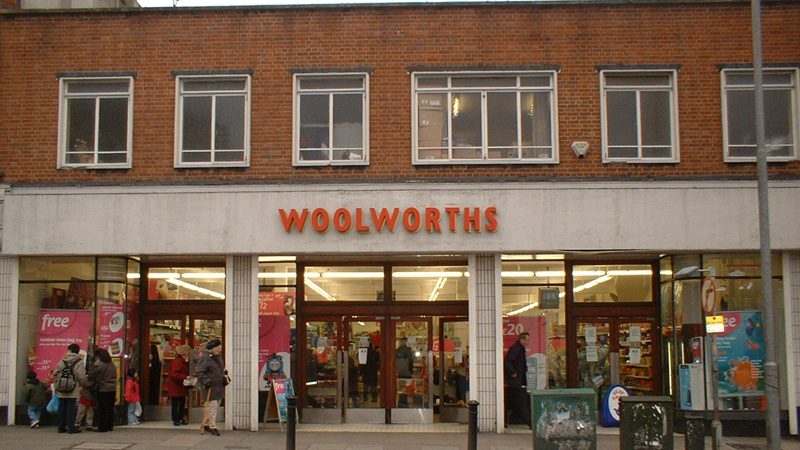
At one point the largest department store chain in the world, Woolworth’s simply got outmaneuvered by brands like Wal-Mart and Target. While the Woolworth’s brand went under in 1997, the company’s leadership managed to successfully pivot, changing its name to Foot Locker and building a high-street chain focussed on sportswear.
MySpace (2003 – 2011)

Founded by Tom Anderson and Chris DeWolfe in 2003, MySpace was one of the first platforms that showcased the true potential of social media. By 2009, the company boasted around 100 million users, making it the most popular social networking site of its time. Upstarts like Facebook and Twitter soon began poaching MySpace’s users, however, and the company didn’t innovate enough to keep up.
Concorde (1976 – 2003)
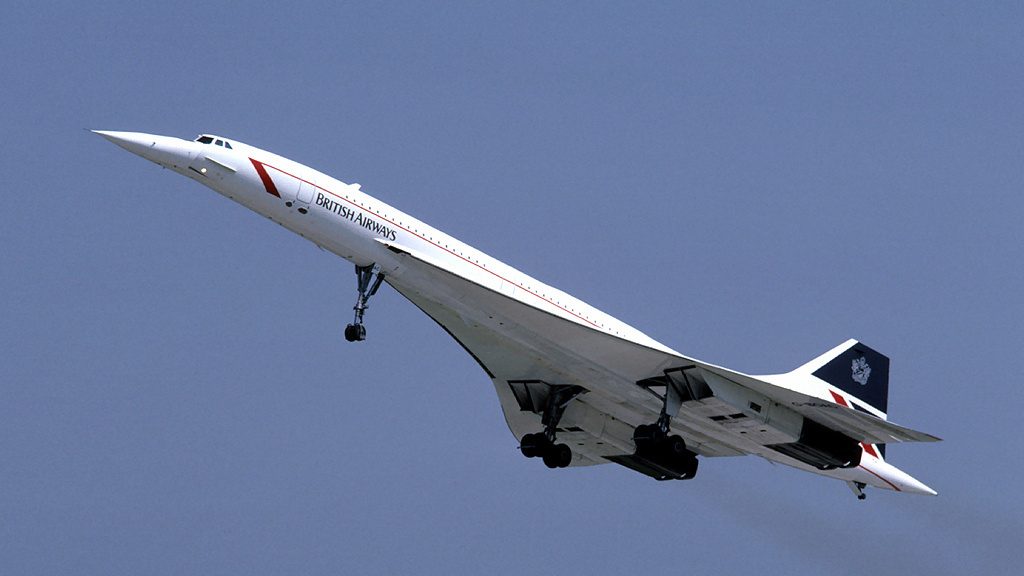
With its ability to fly across the Atlantic in less than four hours, Concorde was the darling of the airline industry for several decades. Unfortunately, that speed came at a severe cost in terms of fuel consumption, and other passenger jets made by companies like Boeing proved to be much more economical. Outcompeted, Concorde flew its last flight on November 26th, 2003.
Circuit City (1949 – 2008)
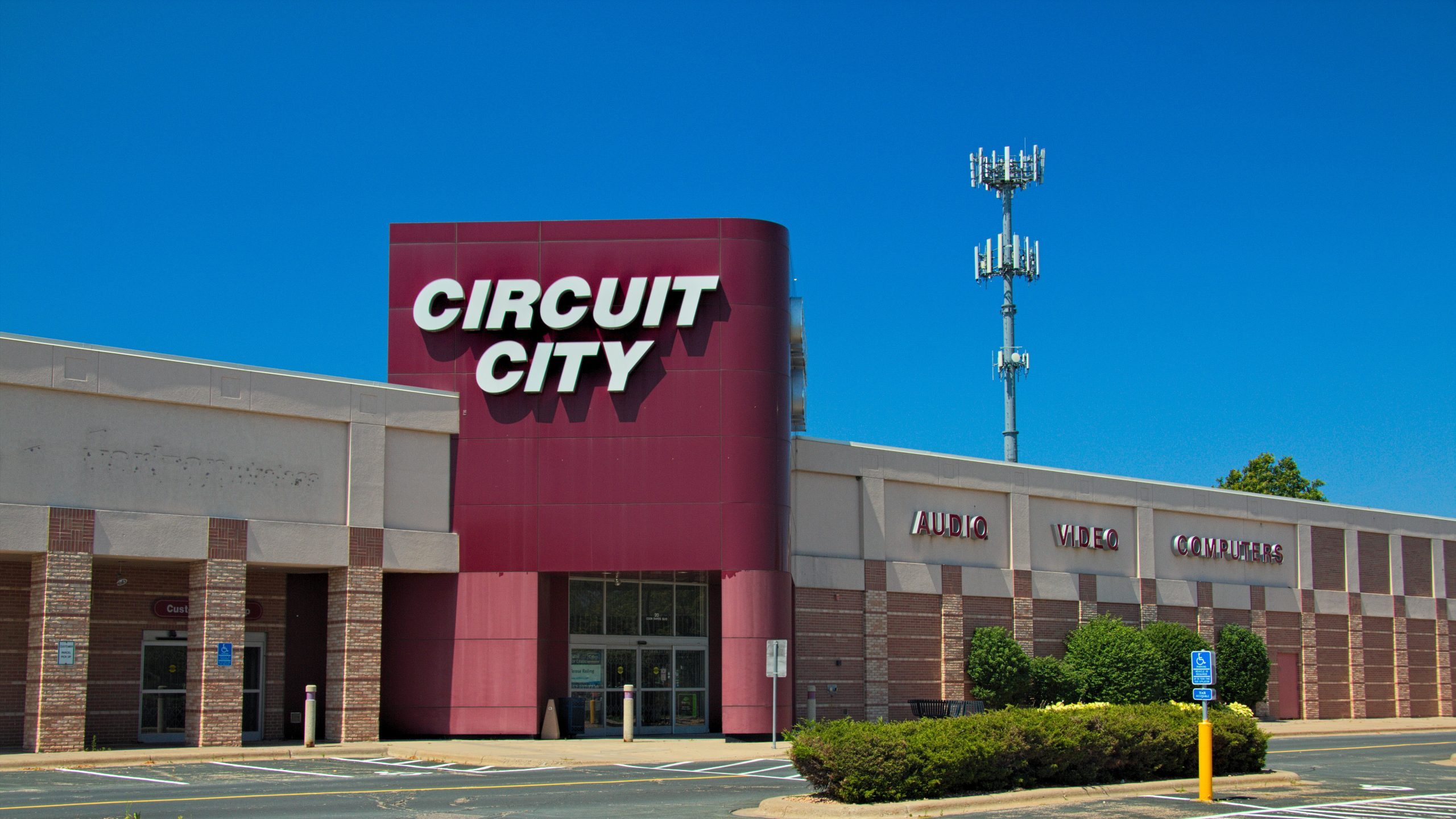
For a long time, Circuit City was the number two electronics store in the United States, second only to Best Buy. Unfortunately, many of the brand’s stores were in less-than-ideal locations, and management did a bad job of keeping up with the latest trends, resulting in a steady decline in customers. In 2008, Circuit City filed for bankruptcy, sold its assets and shuttered its stores.
Texaco (1902 – 1987)
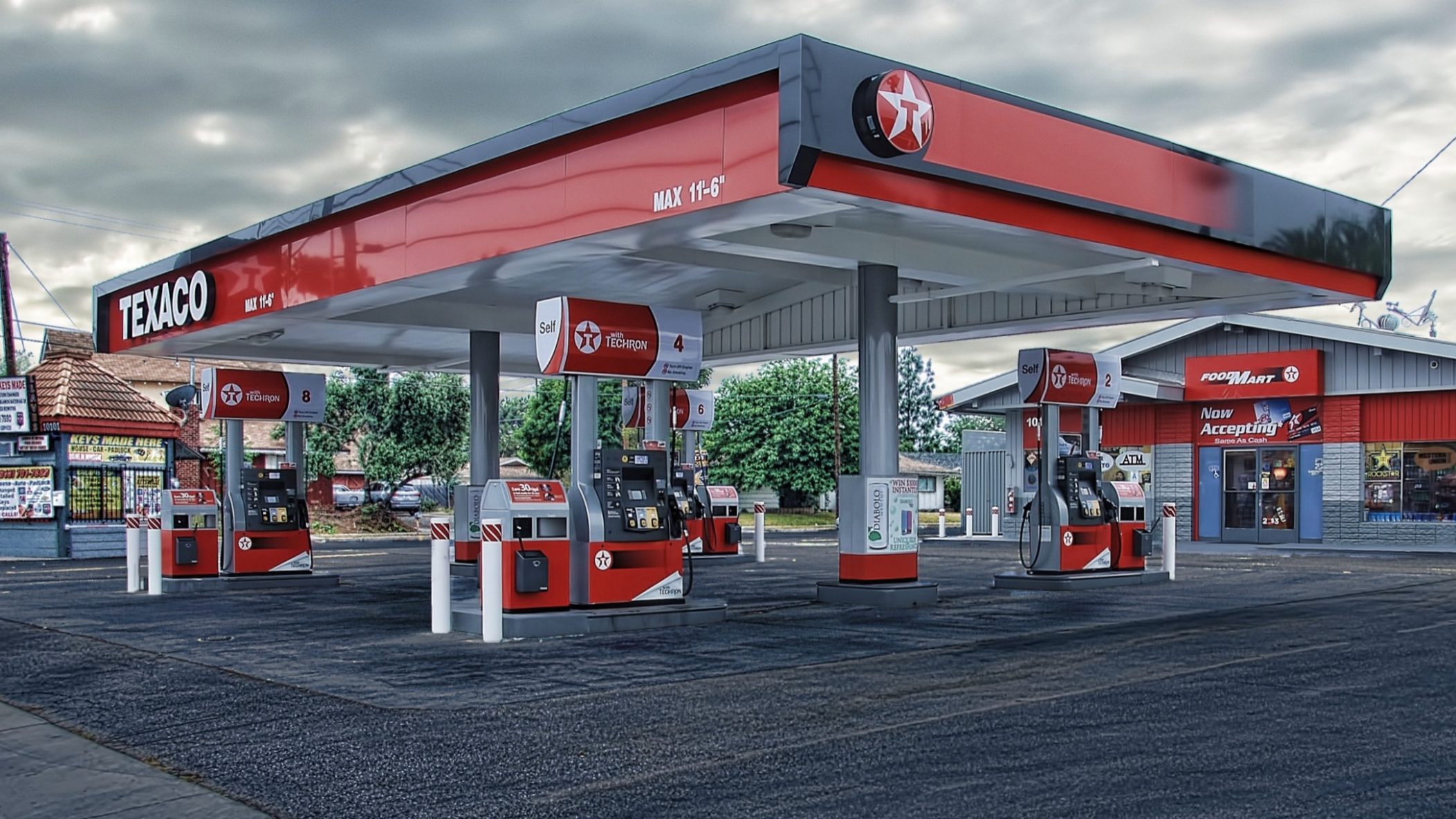
Founded in 1902, Texaco became an oil and fuel giant, establishing a highly-profitable chain of gas stations throughout a number of countries. Then, in 1985, motor oil brand Pennzoil won a $10 billion dollar lawsuit again Texaco over breached contracts, a crippling blow that forced the company to declare bankruptcy within a matter of years.
BlackBerry (1984 – 2016)

Research In Motion – the manufacturer of BlackBerry mobile phones – completely failed to recognize the threat posed by new touchscreen smartphones like the iPhone. The company’s leadership firmly believed that no one would want a phone without a physical keyboard, a miscalculation that proved fatal. While RIM still produces cybersecurity software, the BlackBerry brand officially flatlined in 2016.
Oldsmobile (1897 – 2004)
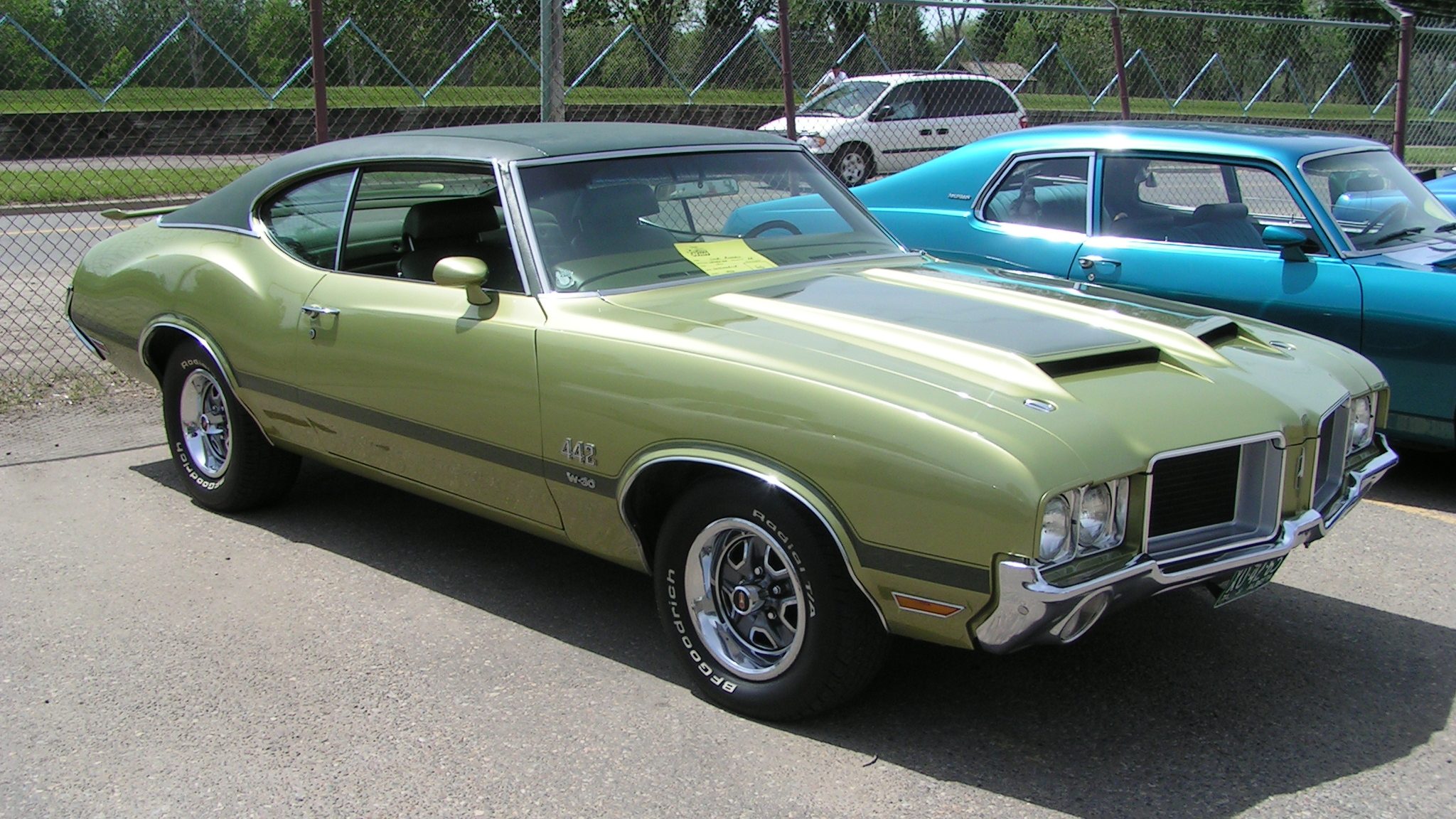
One of America’s first car manufacturers, Oldsmobile spent most of its life as a division of General Motors. In the end, however, Oldsmobile was unable to keep up with the competition – much of which came from other General Motors divisions – and the brand was officially shut down during corporate restructuring in 2004.
Toys R Us (1948 – 2018)
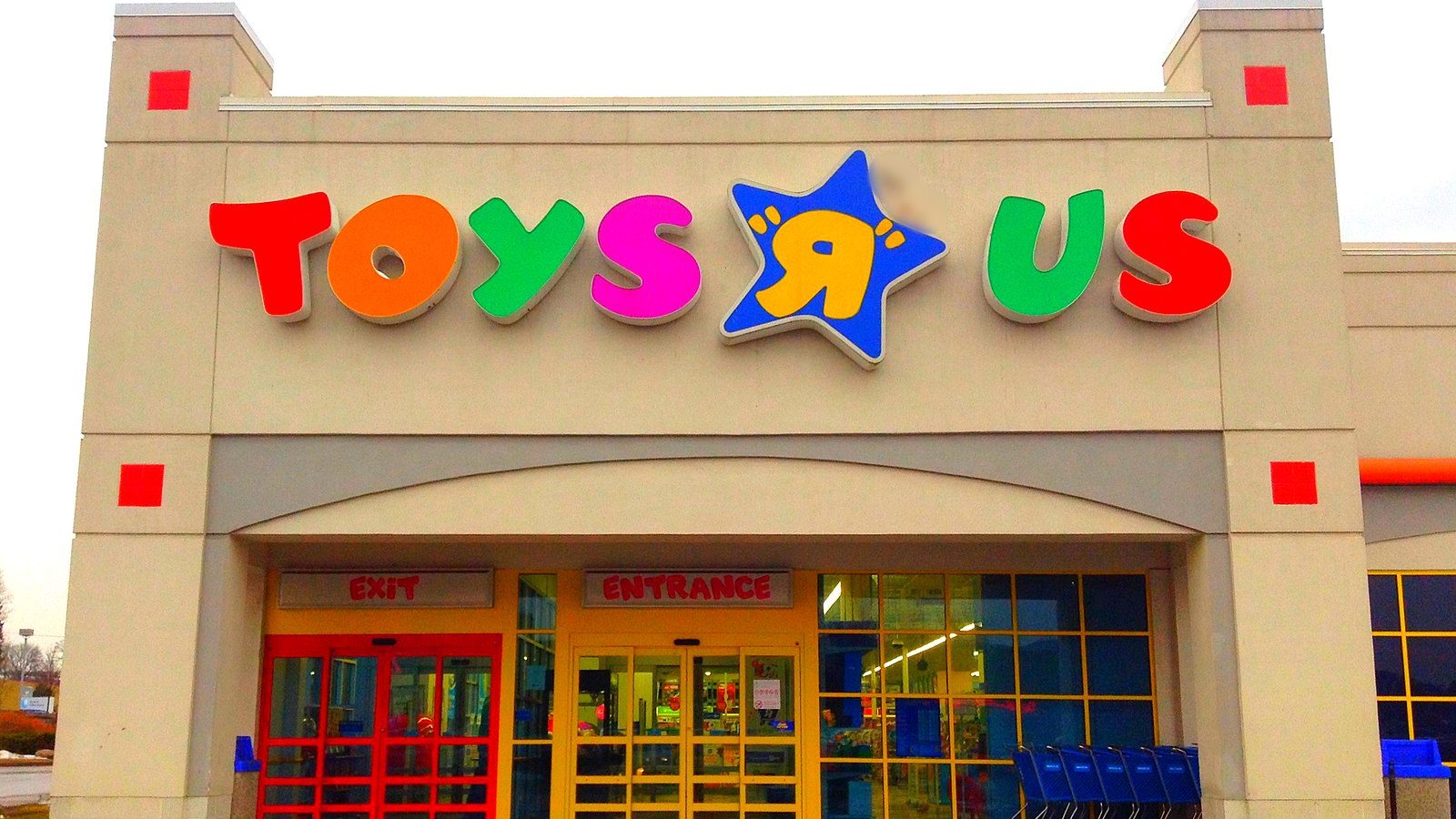
Founded in 1948 by Charles Lazarus, Toys R Us held its crown as the top retailer of children’s toys for over 50 years. The advent of the internet spelled doom for the company, which found itself unable to match the prices of online-only retailers like Amazon. In 2018, Toys R Us – $5 billion in the red – filed for bankruptcy and shut its doors.
Borders (1998 – 2009)
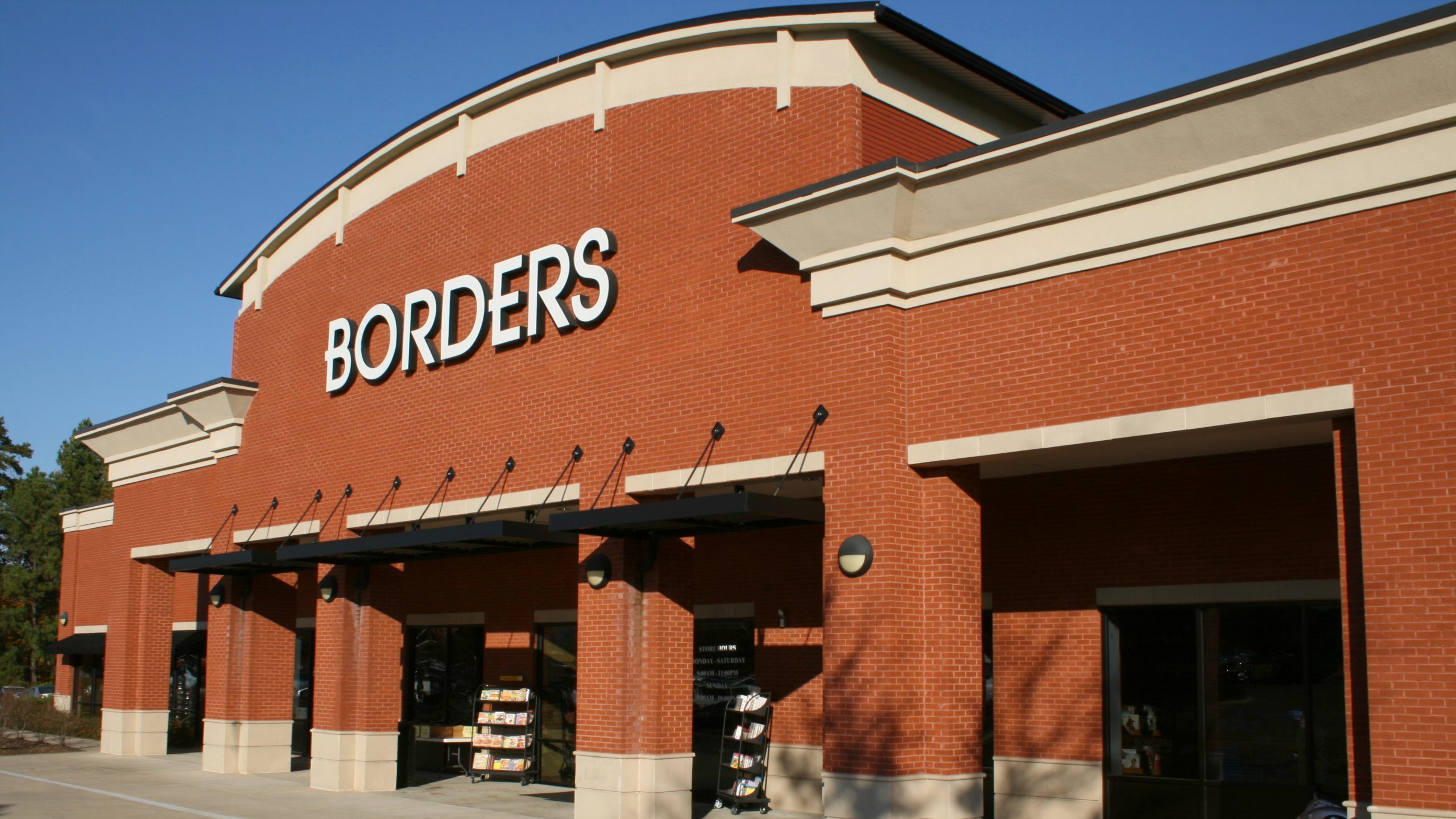
At the height of its reign, book and music retailer Borders employed over 36,000 people across roughly 1,200 outlets. As with many other brick and mortar stores, Borders suddenly found itself unable to compete after the internet gave birth to online giants like Amazon. After limping on for a number of years, Borders finally shut its stores in 2009.
Tie Rack (1981 – 2013)
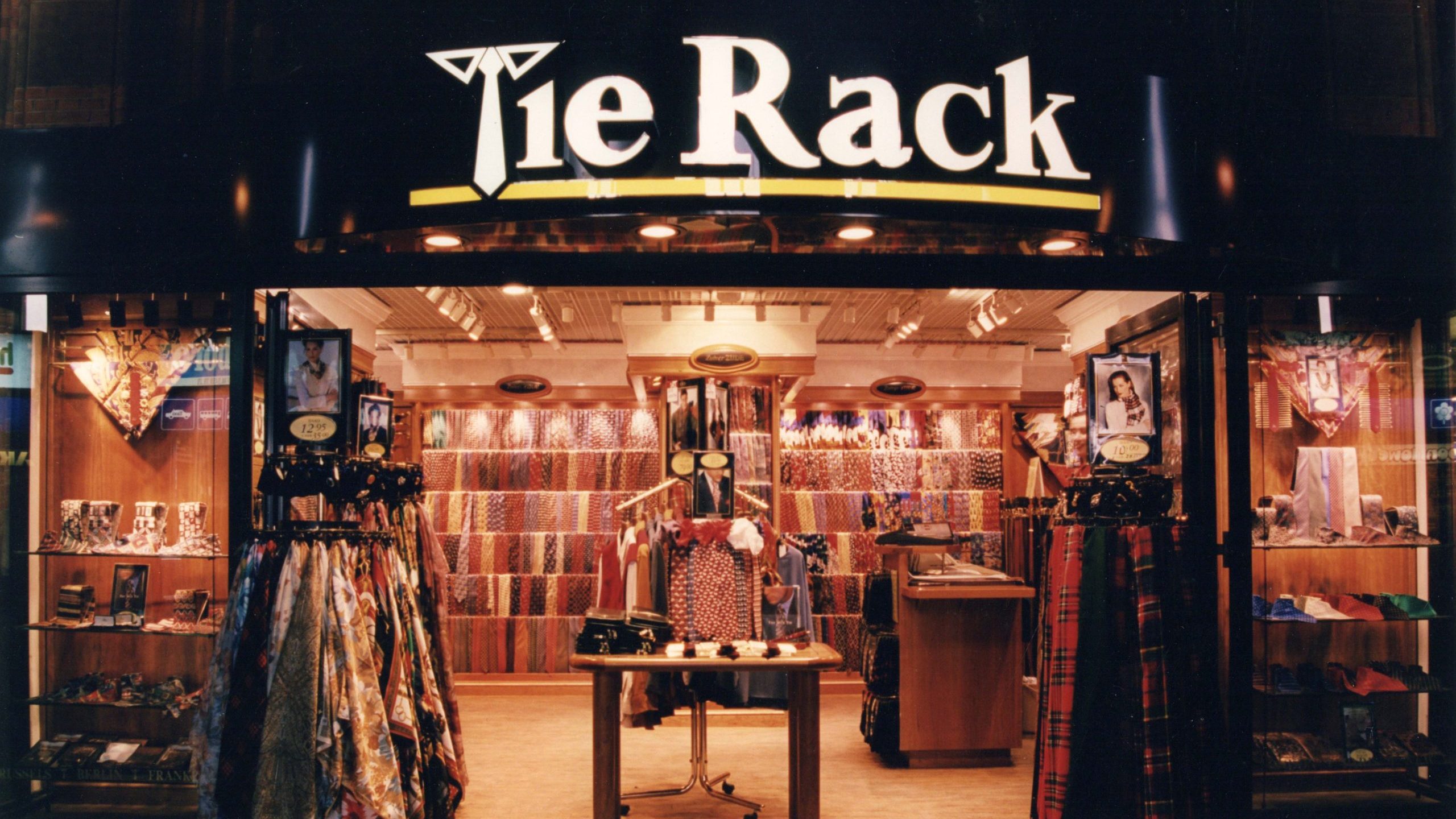
At one point a fixture at most British train stations and airports, Tie Rack sold ties, scarves and cufflinks to businessmen on the go. While successful for a while, the chain failed to spot the growing trend of men preferring to buy their ties and shirts at the same time. After over a decade of declining sales, Tie Rack finally admitted defeat in 2013.
Motorola (1947 – 2009)
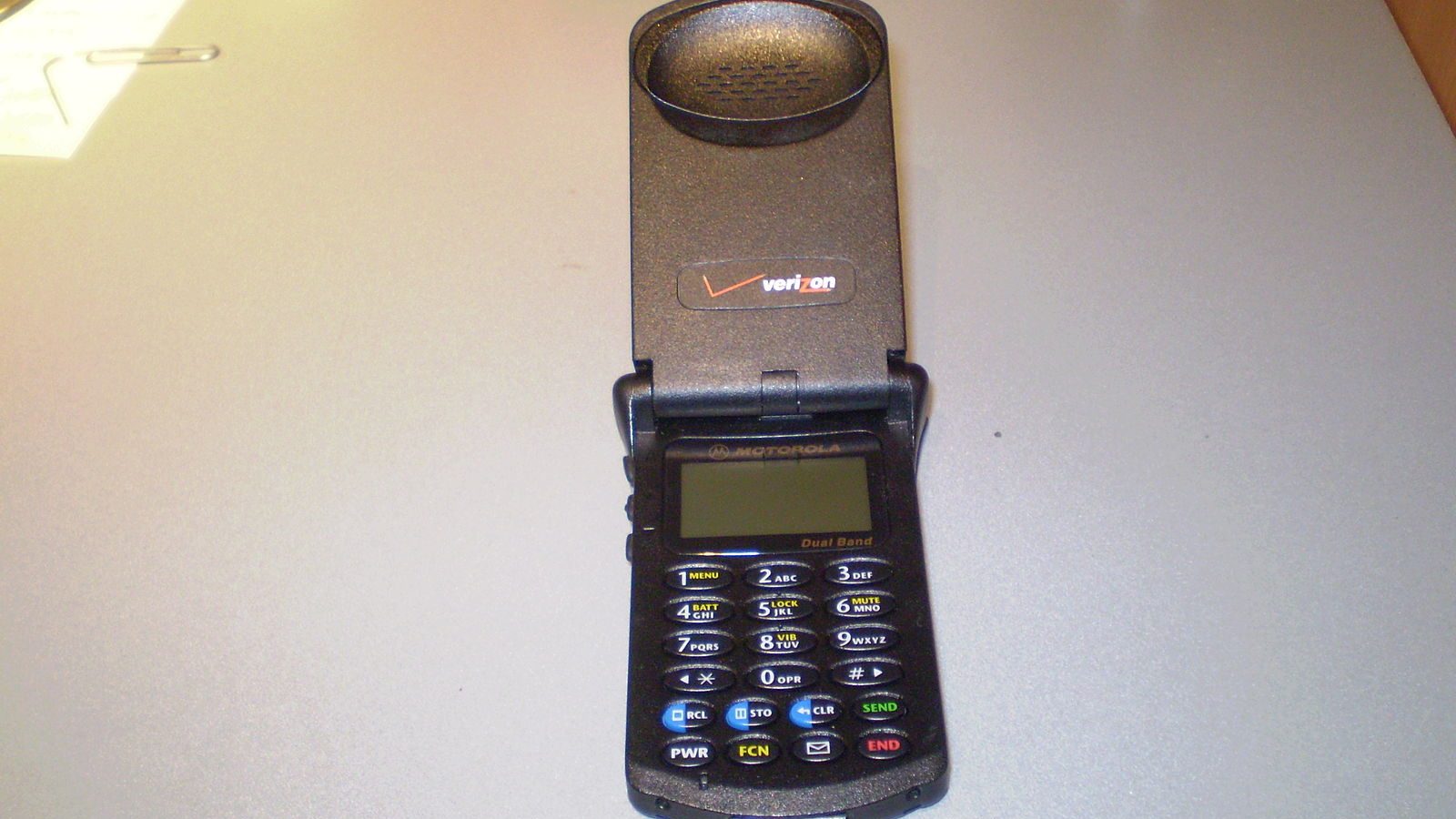
While Nokia missed the jump to fully touchscreen smartphones, Motorola – another pioneer of the mobile phone industry – failed to even incorporate 3G into their devices. Unsurprisingly, Motorola’s flip-phones couldn’t compete with the iPhone, and, after losing $4.3 billion between 2007 and 2009, the company was broken up.
American Apparel (1989 – 2017)
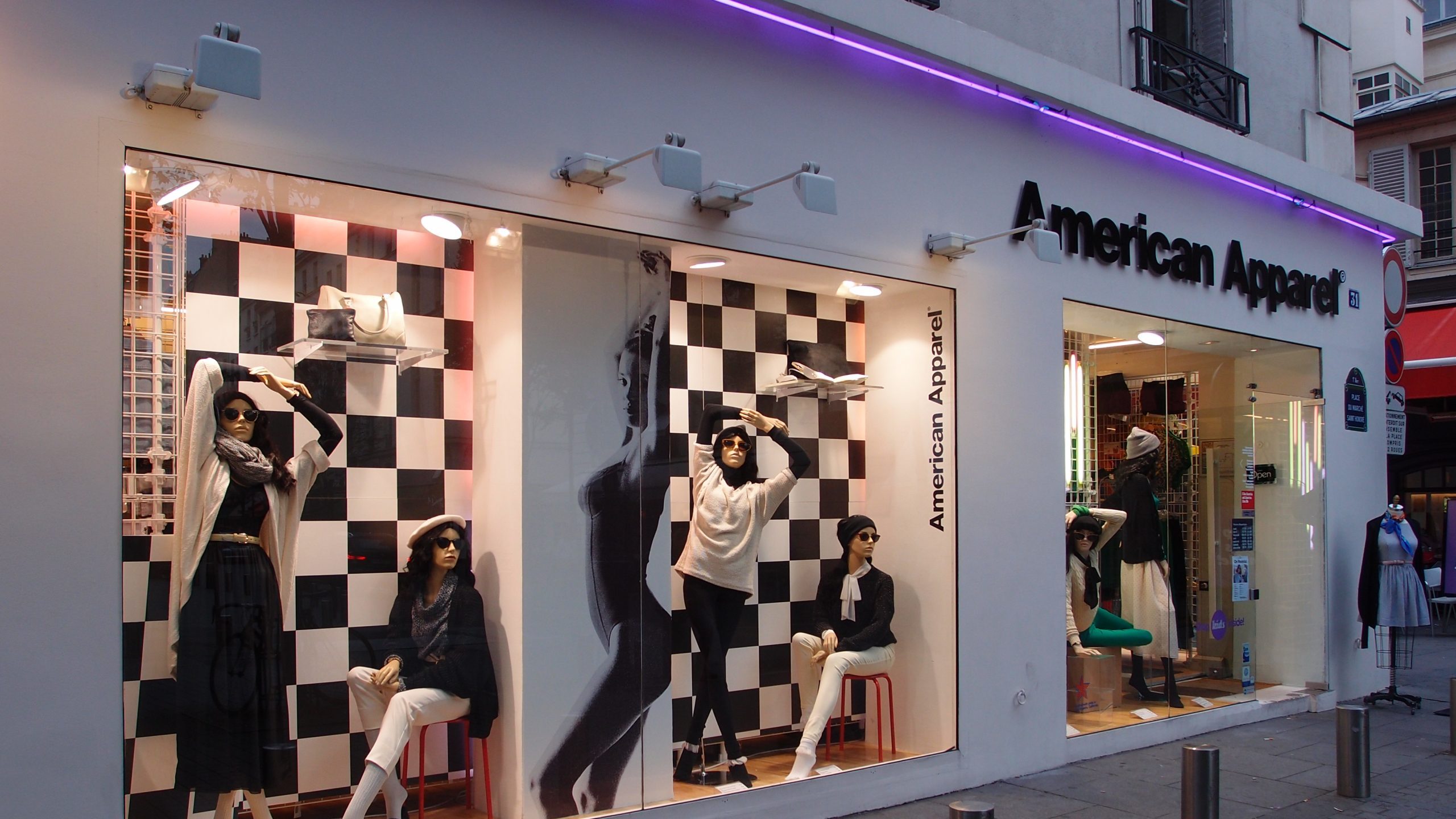
Dov Charney founded American Apparel out of his dorm room, growing the brand into a massive chain with stores in multiple countries. Public opinion soured on the brand, however, after its unethical labour practices were revealed, leading to a sudden drop in sales. American Apparel declared bankruptcy in 2016, and all its stores were shut down the following year.
HMV (1921 – 2013)
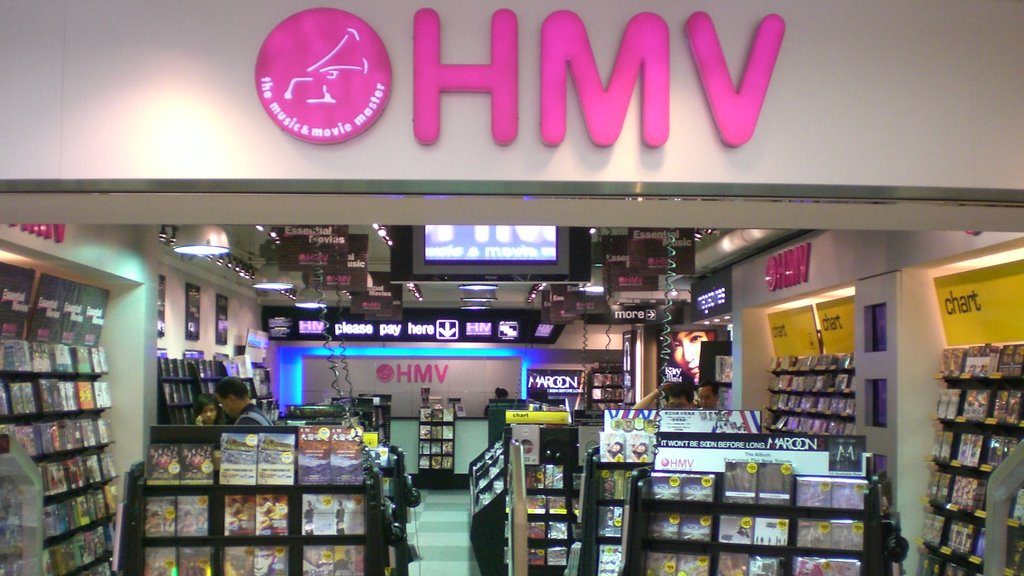
Founded in 1921 to sell TVs and radios, HMV found major success by pivoting to DVDs, CDs and video games. At its peak, HMV could be found on seemingly every British high street, but its failure to innovate in the internet age led to a precipitous decline. Although the chain was rescued from certain death by Hilco Capital in 2013, it’s now a shadow of its former self.
Gymboree (1976 – 2019)
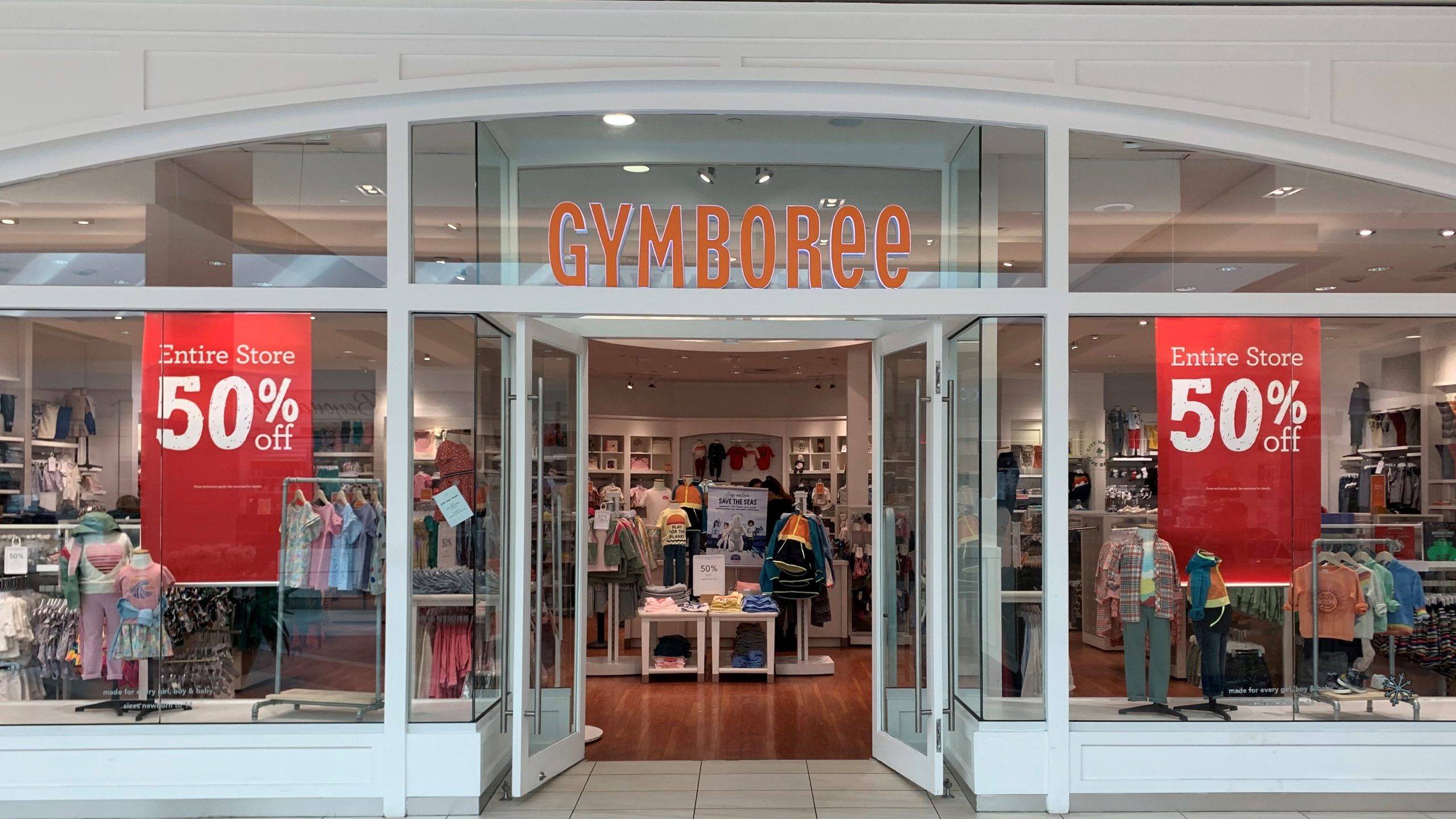
For the first decade of its existence, Gymboree operated a successful chain of play centers for kids. The company eventually branched out into manufacturing and selling children’s clothes, a move that proved highly profitable. Sadly, mismanagement eventually tanked the brand, leading to a bankruptcy filing in 2019.
Pets.com (1998 – 2000)

One of the first companies to fully exploit the internet, Pets.com became a sensation almost overnight, thanks to an incredibly aggressive marketing campaign. The company’s leadership clearly had no idea what to do next, however, and Pets.com struggled to turn a profit. After only two years, the company collapsed when the dot-com bubble burst in November 2000.
RadioShack (1921 – 2021)
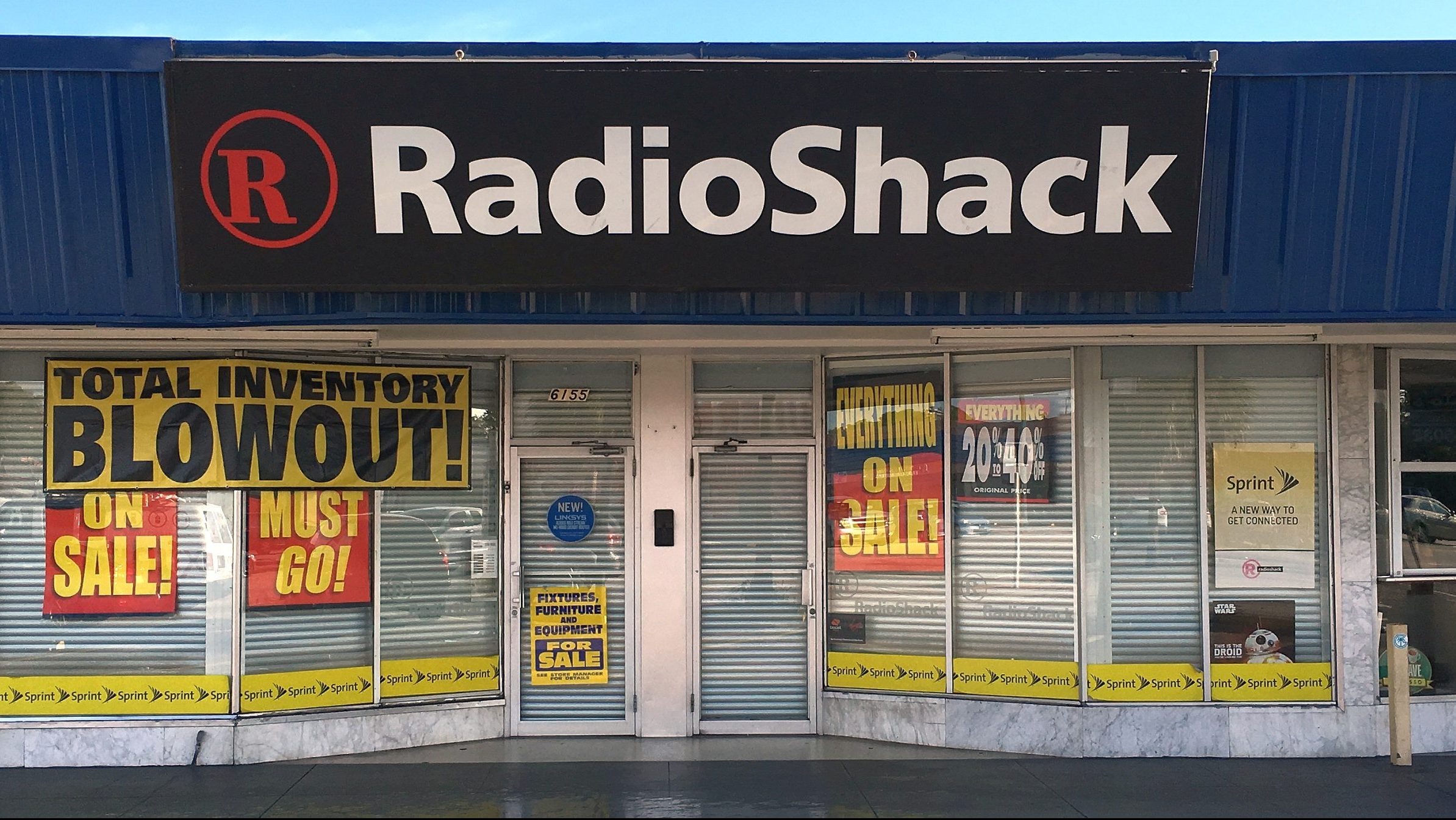
After almost 80 years of dominating the retail electronics industry, RadioShack found itself increasingly outcompeted by leaner internet companies which offered a wider range of products at lower prices. Although the chain improbably managed to survive through the 2010s, it finally called it a day in 2021, with Retail Ecommerce Ventures snapping up its few remaining assets.
MoviePass (2011 – 2019)

MoviePass allowed its customers to view unlimited movies in theaters for a fee of just $9.99 a month. The company’s business model revolved around selling the data it gained from its users, but this data proved less valuable than expected, and a monthly fee of $9.99 was simply unsustainable. After attempts to diversify failed, MoviePass shut down in 2019.
Payless ShoeSource (1956 – 2019)
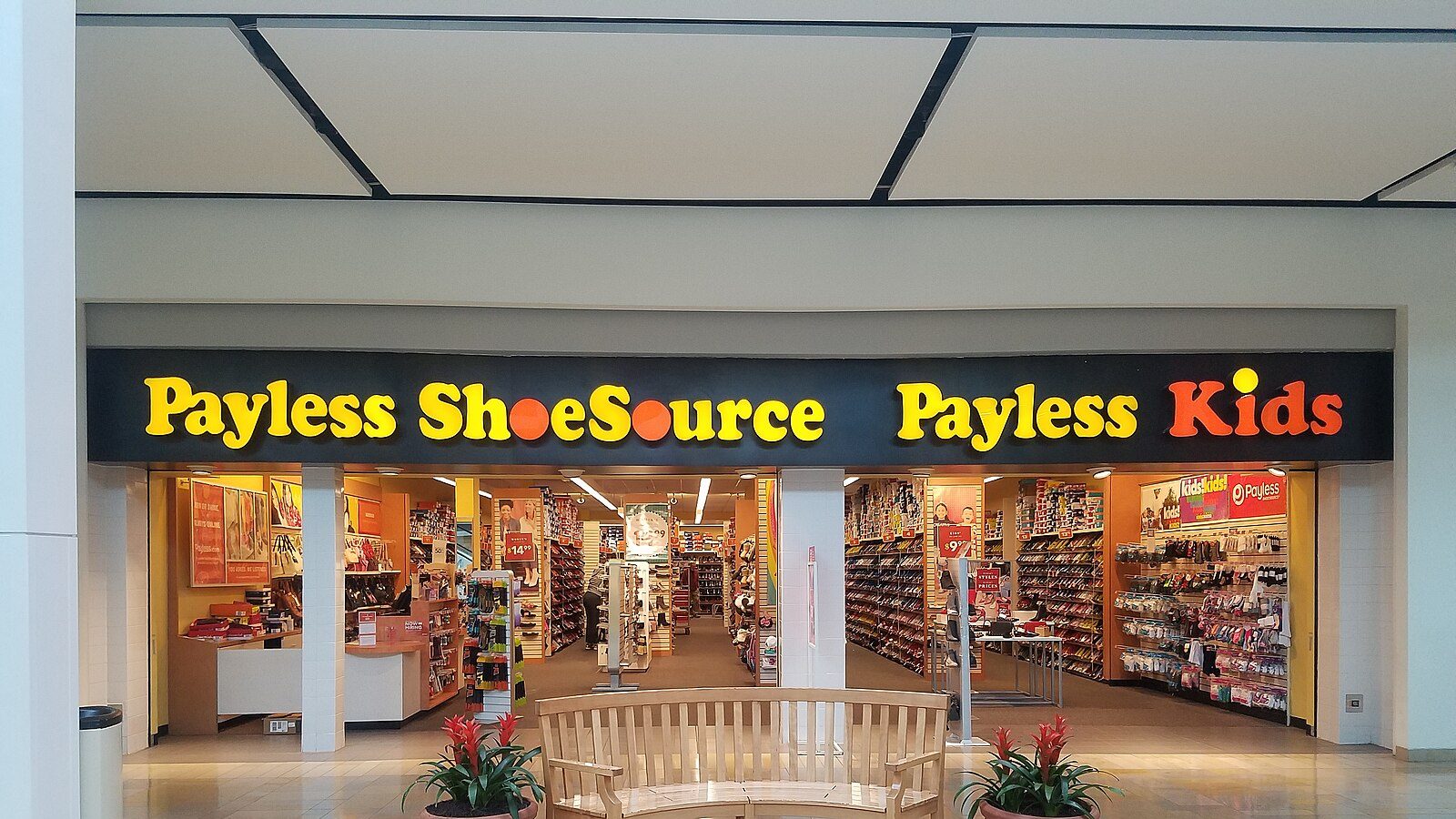
A popular purveyor of inexpensive footwear, Payless ShoeSource was taking sales worth €3.4 billion a year at its peak. An ambitious expansion plan in 2017 led to spiraling debts, and the company was forced to declare bankruptcy and close all its stores in 2019. However, the company’s new owners opened a single store in 2020, so perhaps a revival is in the works.
Tower Records (1960 – 2006)
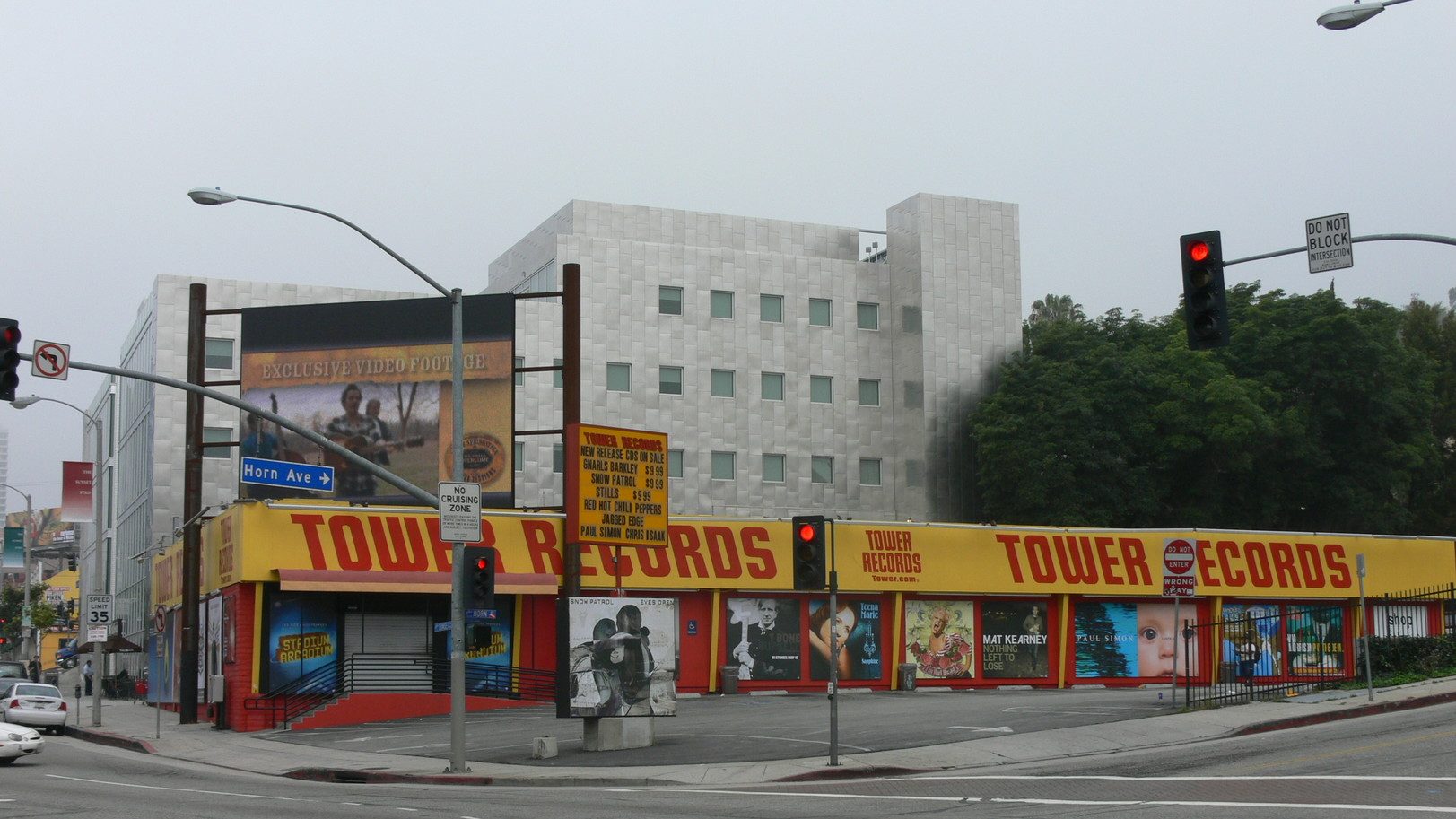
In fairness to the leadership at Tower Records, the high-street music retailer did see the transition to digital music coming, and they tried to preempt the change by launching Tower.com in 1995. Despite their best efforts, however, the company didn’t have any expertise in the digital space, and it was quickly outmaneuvered by more tech-savvy businesses. From under the shadow of a mountain of debt, Tower Records filed for bankruptcy in 2006.
Atari, Inc (1972 – 1984)
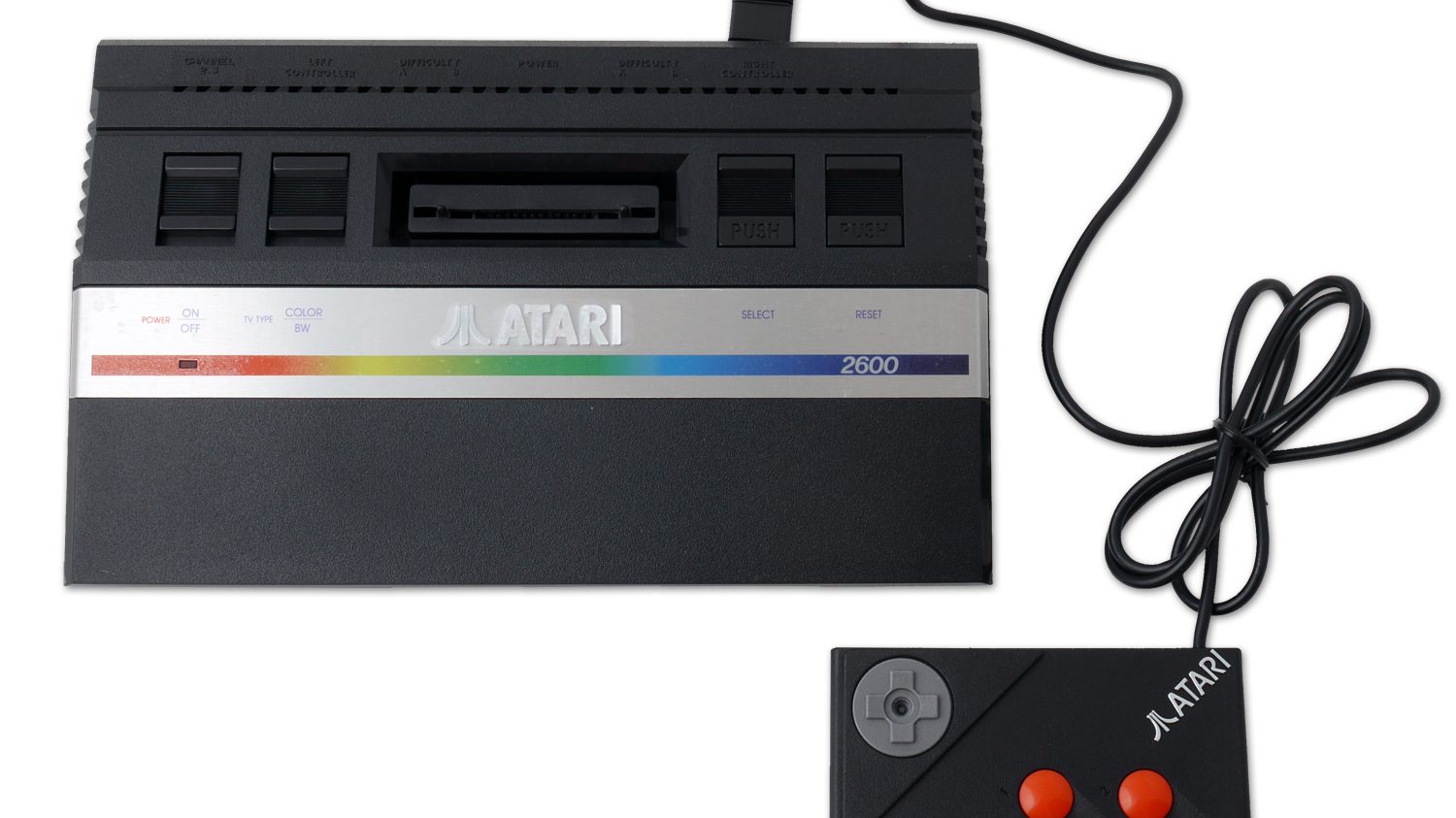
At one point the undisputed champion of the gaming industry, Atari’s downward spiral can be attributed to a steady decline in the quality of its offerings. Gamers started abandoning the company en masse throughout the early 80s – driven away by woefully bad games like 1982’s E.T. – and the company was sold to Tramel Technology Ltd in 1984.
Bebe (1976 – 2017)
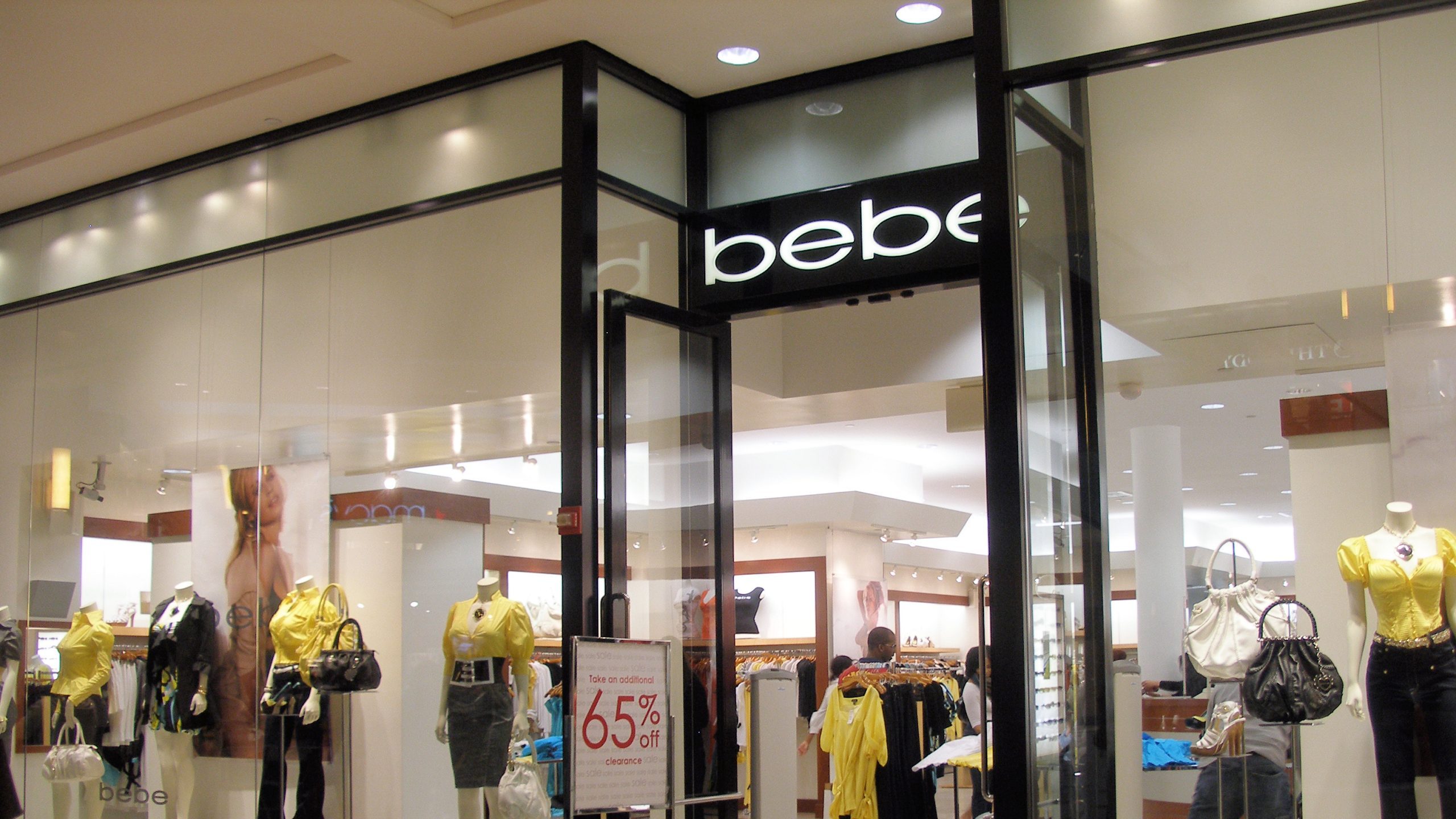
Known for their rhinestone encrusted leisurewear, Bebe stores were once a common sight throughout the United States. When fashion trends changed, Bebe failed to keep up, and after years of steadily dwindling profits the company’s ownership decided to close all its outlets in 2017, although an online store remains.
New Century Financial Corporation (1995 – 2007)
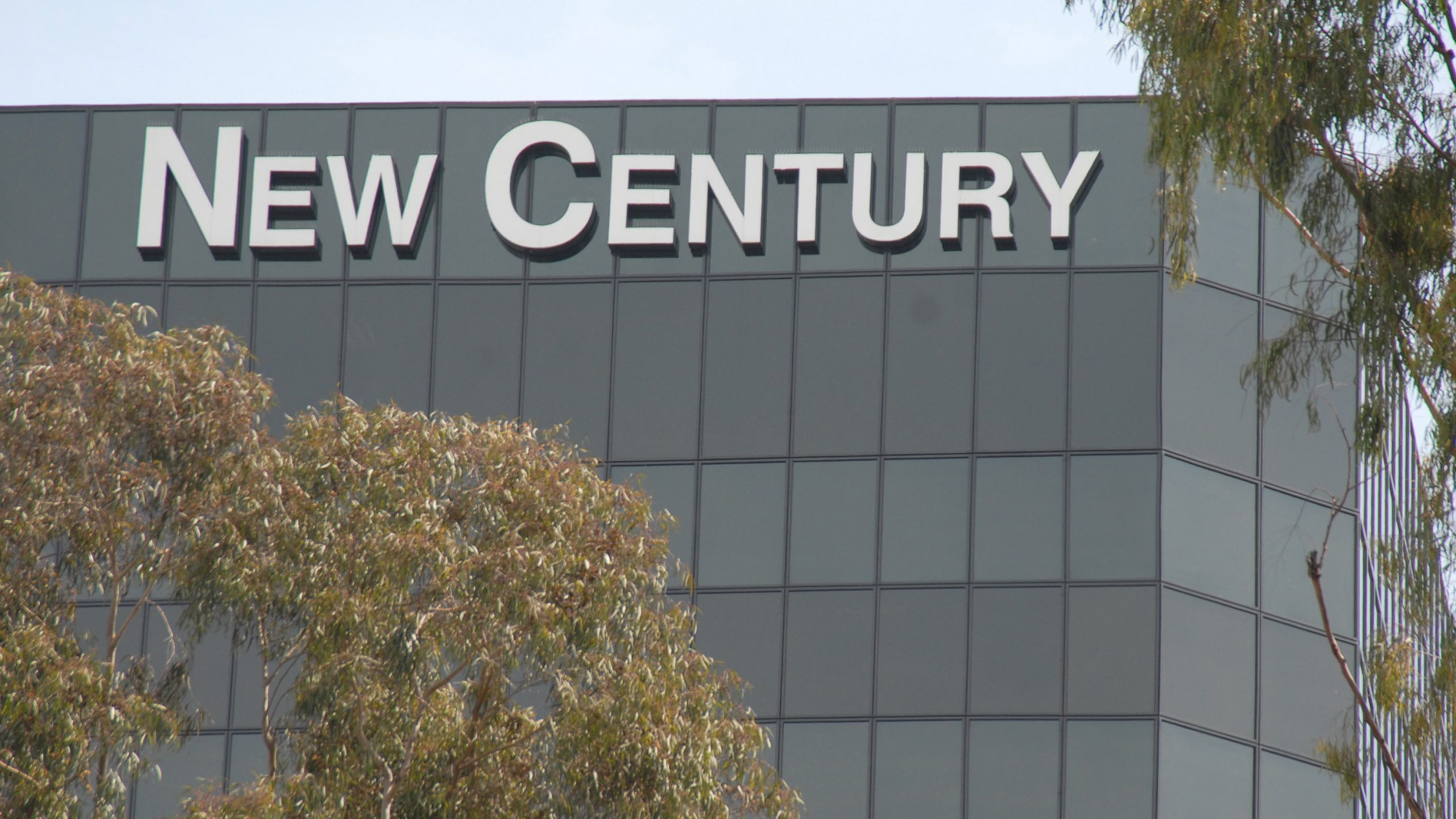
Shortly before declaring bankruptcy in 2007, New Century Financial Corporation valued its assets at $26 billion. In reality, those assets – which consisted of tranches of subprime mortgages – were rotten to the core. When New Century abruptly stopped issuing loans, it signaled both the impending financial crash and the death of the company.
Sports Authority (1987 – 2016)

Sports Authority began as a single store Fort Lauderdale, Florida, but by the 90s it had become the largest sporting goods retailer in the United States. Originally purchased by Kmart and then a private equity firm, Sports Authority simply couldn’t keep up with online stores, and it closed for good in 2016.
Compaq (1982 – 2013)
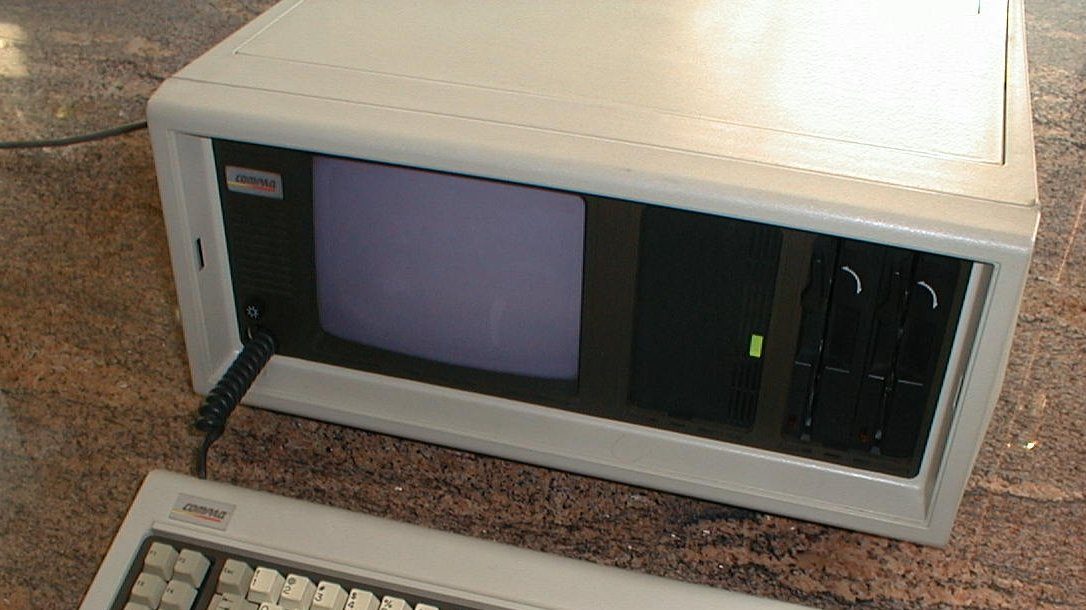
One of the pioneers of personal computing, Compaq was worth a staggering $40 billion at its peak in 2000. The company sold its products through distribution deals with retailers like Best Buy, and this proved to be its downfall. By selling directly to consumers, manufacturers like Dell were able to offer higher levels of customization, leading to a decline in demand for Compaq’s standardized offerings.
FTX (2019 – 2022)

With assets supposedly worth billions and a slew of high-profile celebrity endorsements, FTX seemed poised to become the most noteworthy financial brand of the 21st century. In truth, FTX was little more than a cryptocurrency scam which lost its “customers” vast sums of money, and CEO Sam Bankman-Fried is currently on trial for fraud.
Joseph Schlitz Brewing Company (1858 – 1982)
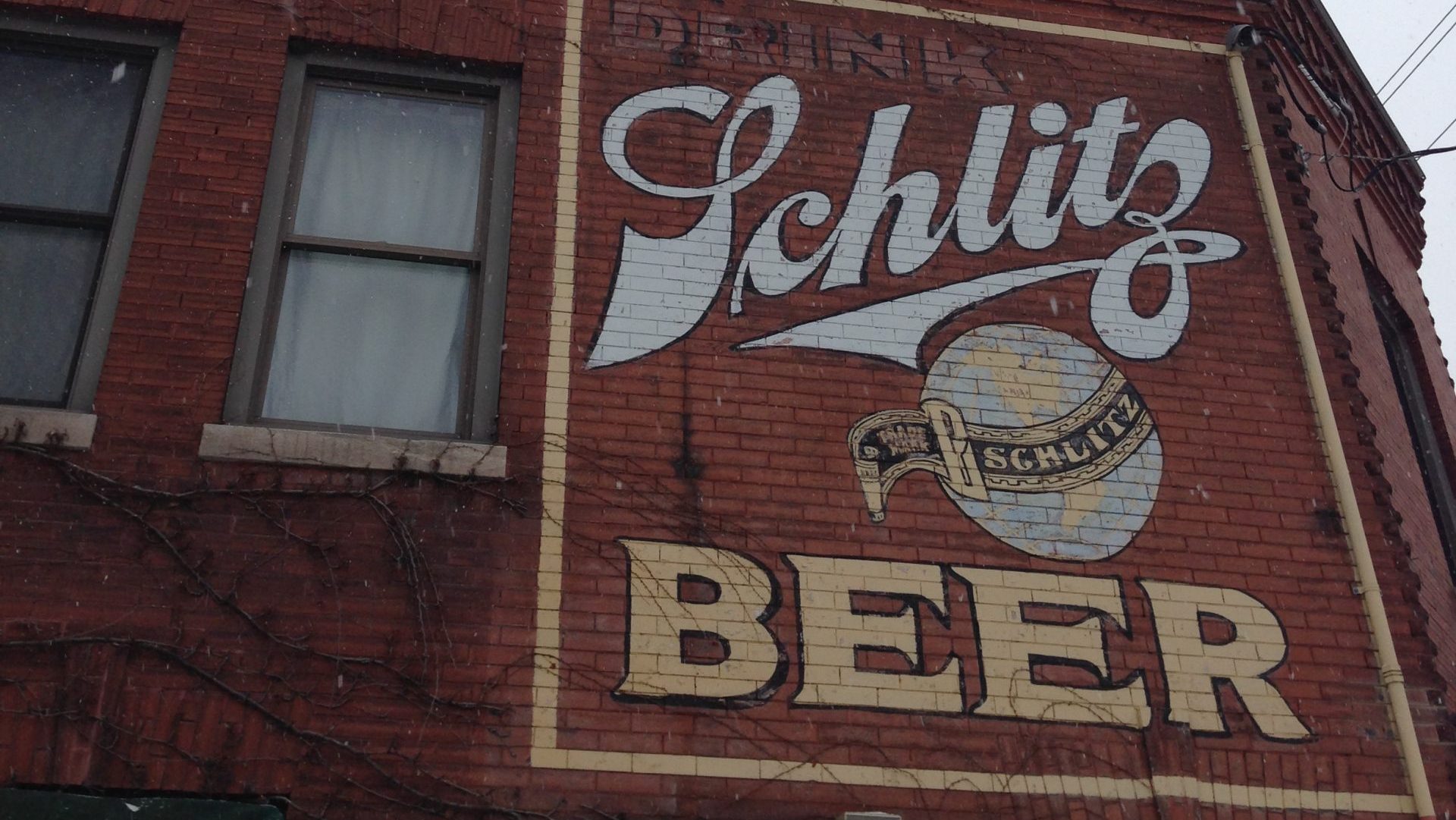
For over 100 years, the Joseph Schlitz Brewing Company was the proud producer of “the beer that made Milwaukee famous.” Eventually, in an effort to cut costs, the company changed the formula of said beer, ruining the taste in the process. The company floundered amid plummeting sales, with a series of workers strikes in 1982 proving to be the final nail in the coffin.
Papyrus (1950 – 2020)

After selling stationery for 23 years, Papyrus pivoted to upscale greetings cards, eventually opening over 500 stores throughout the United States. However, the company failed to keep up with online retailers that offered personalized cards at low prices, and after years of struggle Papyrus finally went belly up in 2020.
Chrysler (1925 – 2009)
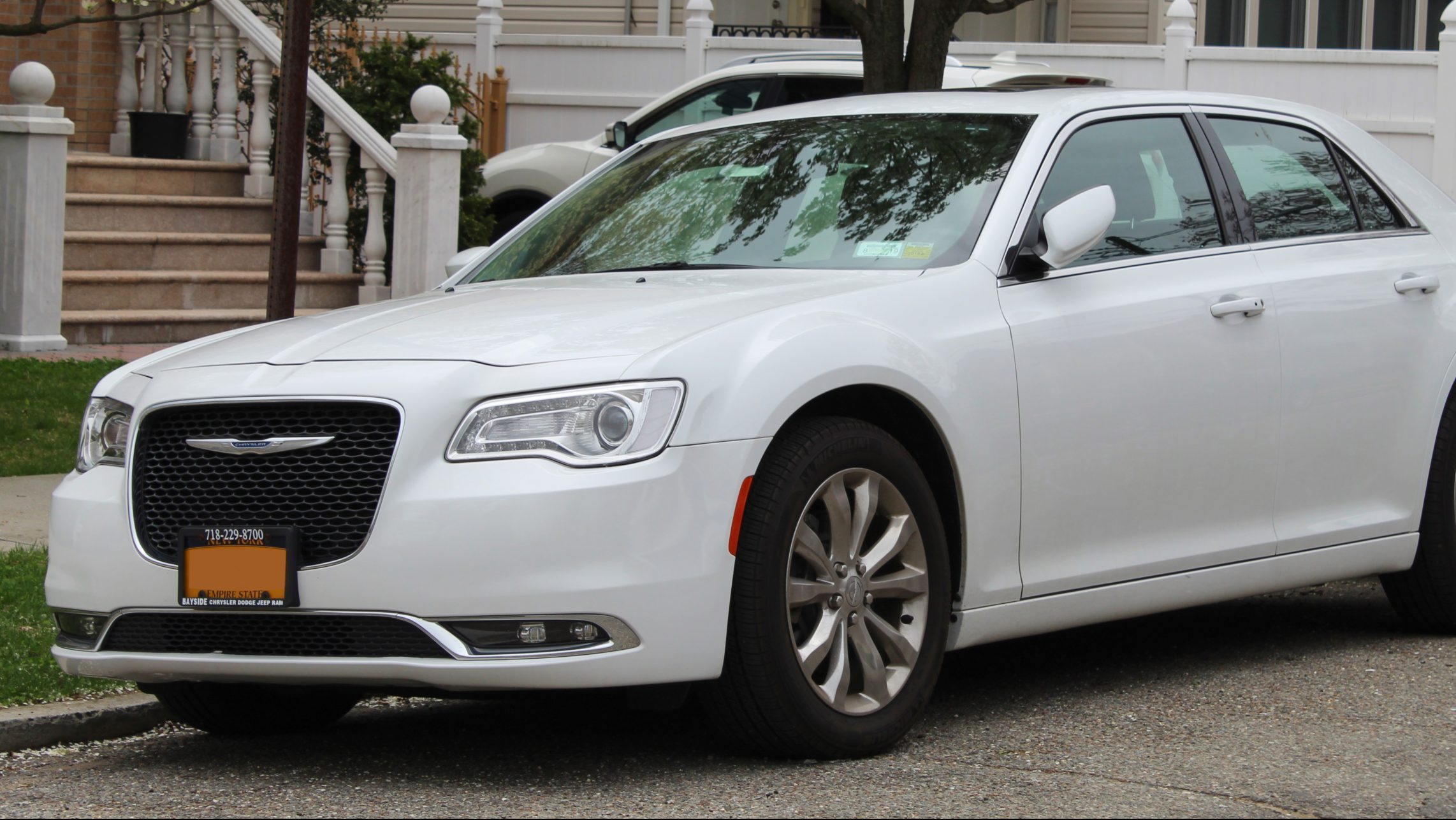
One of America’s most iconic car brands, Chrysler began focussing on luxury models in the early 2000s, which made them particularly vulnerable when the economy crashed in 2008. The company filed for bankruptcy a year later, and is currently owned by Stellantis NV, a conglomerate that also owns a number of other failed car brands.
Dressbarn (1962 – 2019)
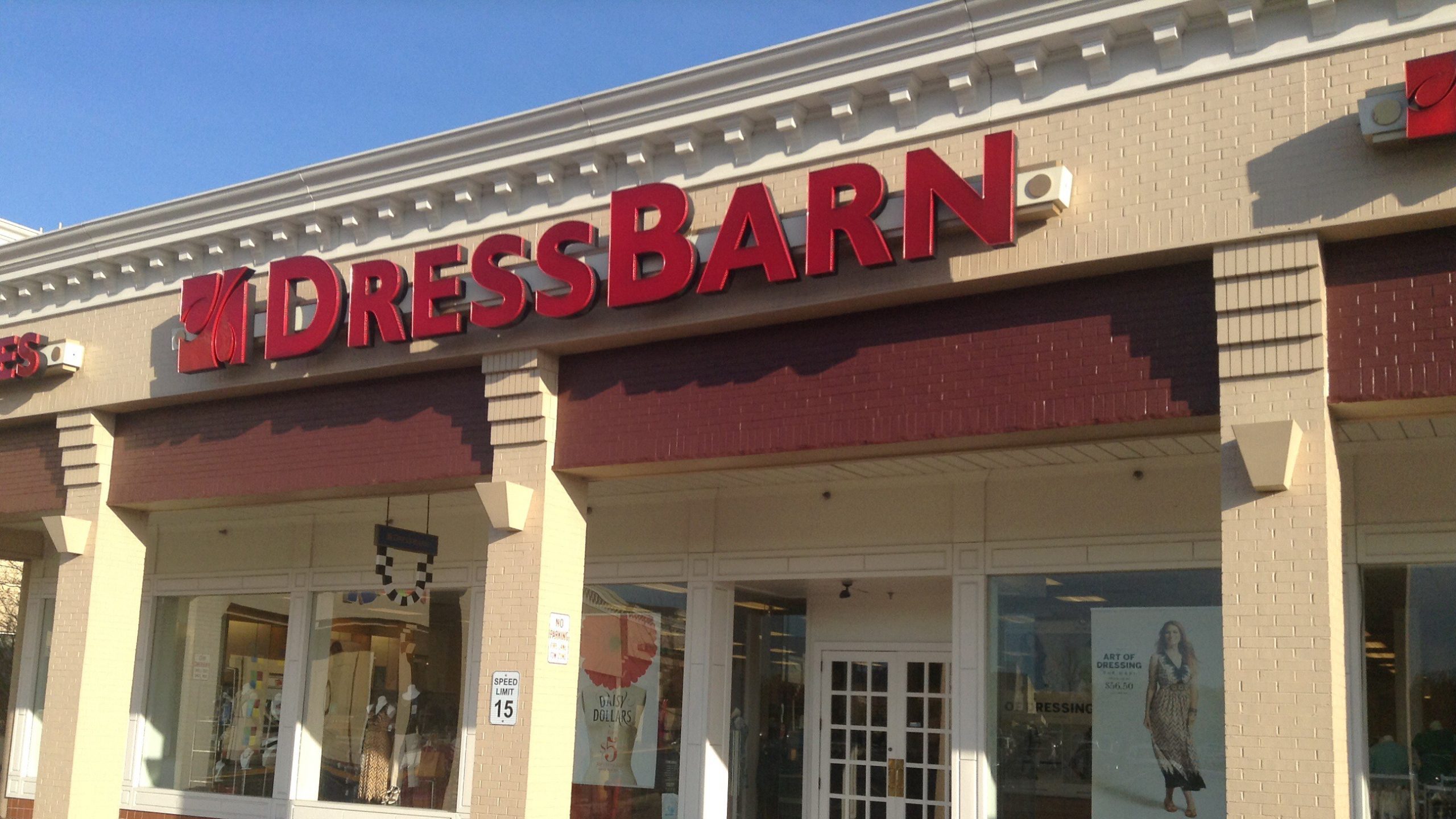
Founded by mother of three Roslyn Jaffe, Dressbarn quickly became a hit with women shopping for casual clothing and workwear. The company was acquired by Ascena Retail Group in 2011, and promptly mismanaged straight into the ground. While Dressbarn still exists online, all its outlets were shut in 2019.
Theranos (2003 – 2018)
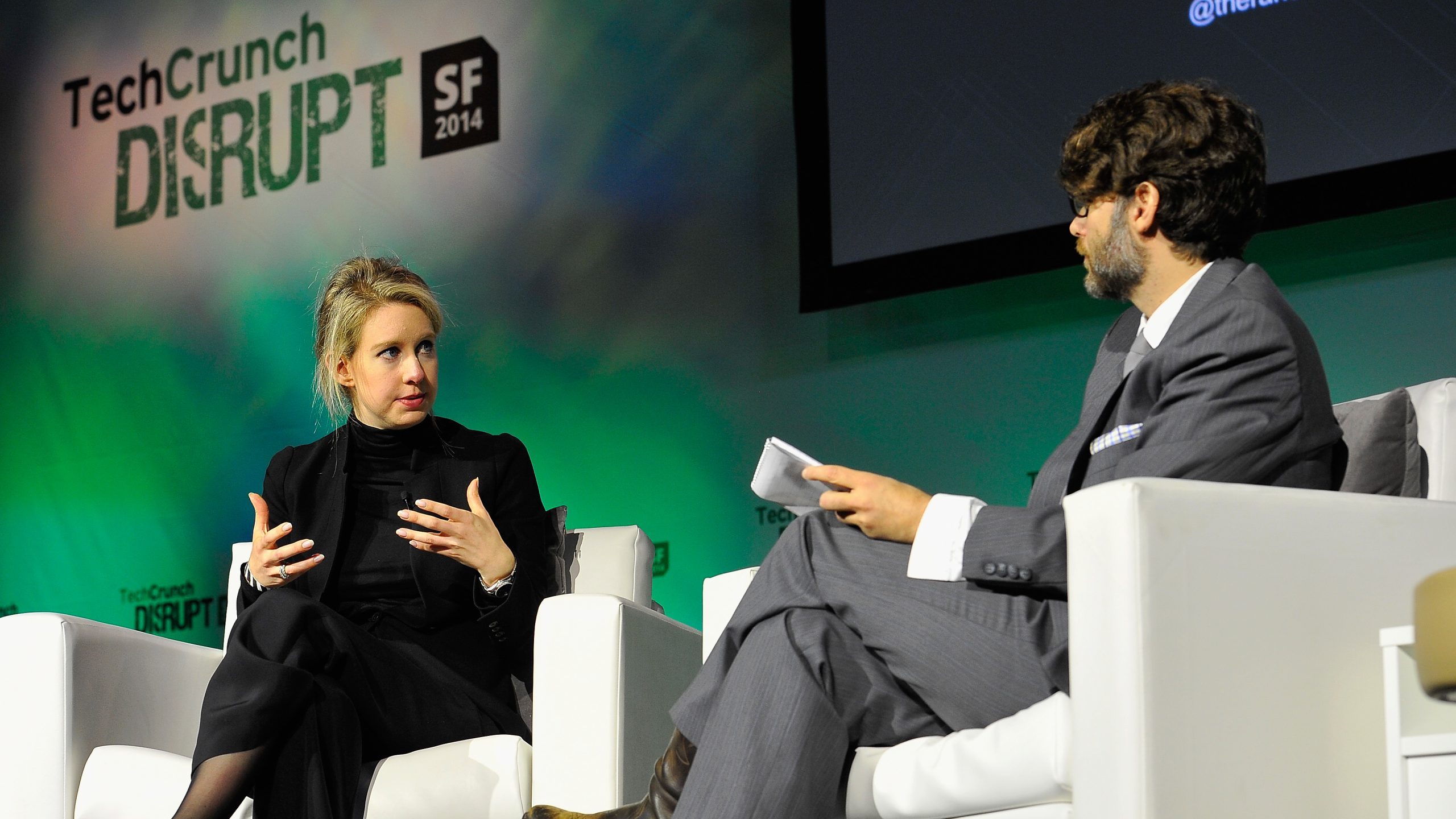
Shortly after it was founded in 2003, Theranos received a valuation of $9 billion based on its claims of being able to diagnose a wide variety of diseases with just a few drops of blood. That claim turned out to be a complete lie, however, and the company was dissolved in 2018, with CEO Elizabeth Holmes eventually sentenced to 11 years in prison for fraud.
Luby’s (1947 – 2020)

Once one of the most popular diner chains in the United States, Luby’s had been struggling for years in the face of competition from other fast-food outlets. The Covid-19 pandemic was the final nail in the coffin, with the cramped layouts of Luby’s restaurants making social distancing impossible. As a result, the brand closed down in September 2020.